Myth-Busting Menstrual Cups: Separating Fact from Fiction
Myth: You need to feel your cup pop open to ensure a seal
This myth likely originated because menstrual cups made from silicone generally have a noticeable popping open. The same is not necessarily valid for period cups made from TPE. TPE unfolds more gently, and the seal is created by the cup conforming to its surroundings. Not feeling a strong pop does not indicate the cup is not open. It could be normal for your cup to create a great seal without the popping open sensation.
What are the indicators of a good seal with your cup? One immediate sign is comfort: once the cup is inserted, you shouldn’t be able to feel it if it has unfolded completely. If the cup hasn’t unfolded properly, it will feel awkward and uncomfortable. For more information on how to insert your cup correctly, please review our guide on cup insertion.
The other key indicator is whether the cup leaks. The best evidence of a good seal is that your cup does not leak at all.
Myth: If your cup is too long, you can turn your cup inside out
Turning your cup inside out to reduce cup height is generally bad as it is not the best option for the cup or your body. If the handle is bothering you, you can always start by removing it with scissors rather than turning the cup inside out.
If removing the handle is insufficient to reduce the cup's height, consider a cup specifically designed for a low cervix.
Myth: You can boil your cup to clean it
Blood contains a strong colorant called Hemoglobin, which can stain menstrual cups. Heat can set stains, so it's important not to simply boil a soiled cup but rather thoroughly clean it with cleanser and water before boiling it for disinfection.
Cleaning and disinfection are important cup maintenance components but are not interchangeable and serve different purposes.
Cleaning removes fluid and debris. Disinfecting removes bacteria and similar.
Check out the link below to learn more about stained menstrual cups.
Myth: You need a special cleaner to clean your cup
Special cup cleansers are great, but if you live in an area where these are harder to come by, alternatives from the supermarket are acceptable. You will want to avoid colorants and scents. MeLuna has had a readily available cleanser called Cetaphil 3rd party tested to ensure it is safe and effective as a cleanser alternative for menstrual cups.
The important part is that it is non-irritating and rinses off completely. While natural soaps can be great for your skin, the residue they are prone to leaving behind makes them a poor choice for menstrual cups.
Myth: You can clean your cup in the dishwasher or similar
There are two essential reasons why putting your cup in the dishwasher or similar appliances is not a good idea. One is wear and tear on the cup itself. You want to avoid anything that could cause small cracks in the cup as those may later on trap bacteria. The other reason is your health. Dishwashing detergent is not designed to be gentle on mucous membranes like those present in your vagina. Any residue left on the cup could be harmful to your body. If you feel special circumstances require cleaning and disinfecting beyond those described on our cleaning page, check out our blog post links below, covering topics such as stain and odor removal.
Myth: You should use alcohol wipes to clean your cup on the go
While alcohol wipes could offer a super convenient way to clean a menstrual cup on the go, studies have shown that, unfortunately, the biofilm left behind by alcohol encourages the growth of staph bacteria. Staph bacteria is the bacteria associated with TSS (Toxic Shock Syndrome)
Myth: You can't use a menstrual cup if you leave home a lot
Access to a sink near your toilet definitely helps, but it's not necessary to make it work. A small squeeze bottle with a twist-top to keep in your purse or backpack can be a great ally in cleaning your cup on the go. You can keep it empty and fill it in a sink when needed. This will allow you to take it with you to the restroom stall to rinse your cup.
Disinfection options that do not require hot water or electricity exist! Milton tabs sanitize your cup with just 100ml of cold water.
Check out our travel kit with supplies for cup care on the go. This kit includes a small squeeze bottle for rinsing your cup, cleansing foam, disinfecting tabs, and a storage pouch for your supplies. These items can make managing your cup while away from home more convenient.
After dispelling all these common menstrual cup myths, let's explore some ways to get the hang of handling your new menstrual cup quickly.
Check out related blog posts below:
Related Blog Posts:





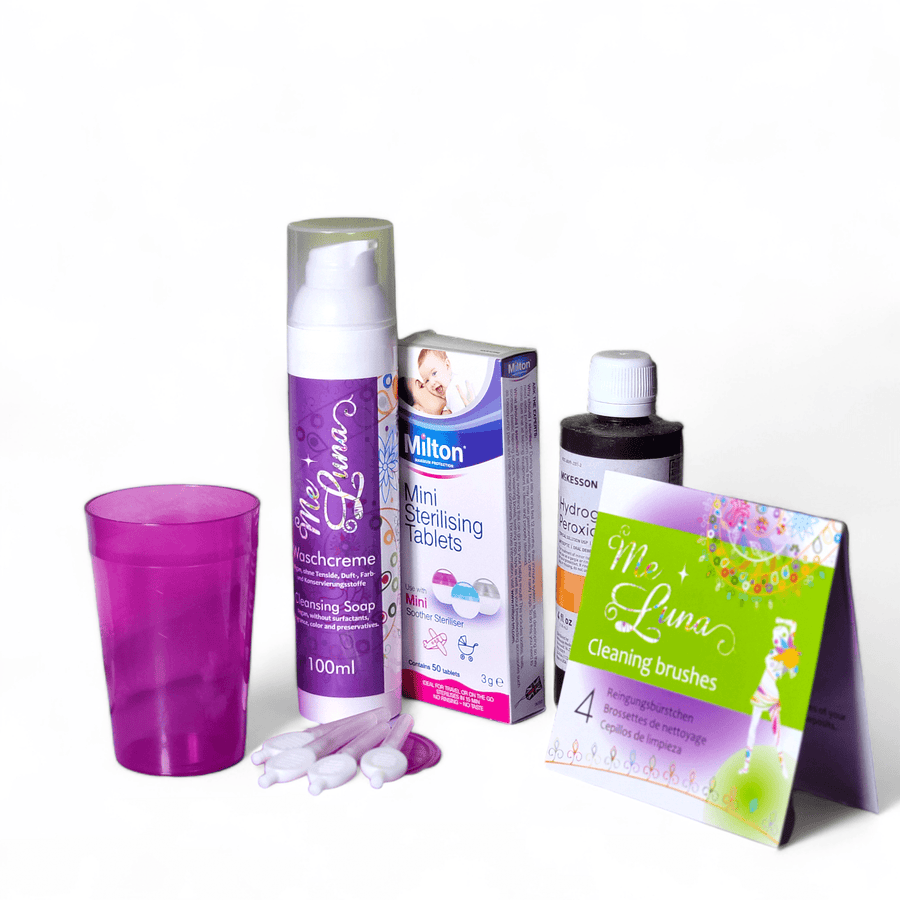

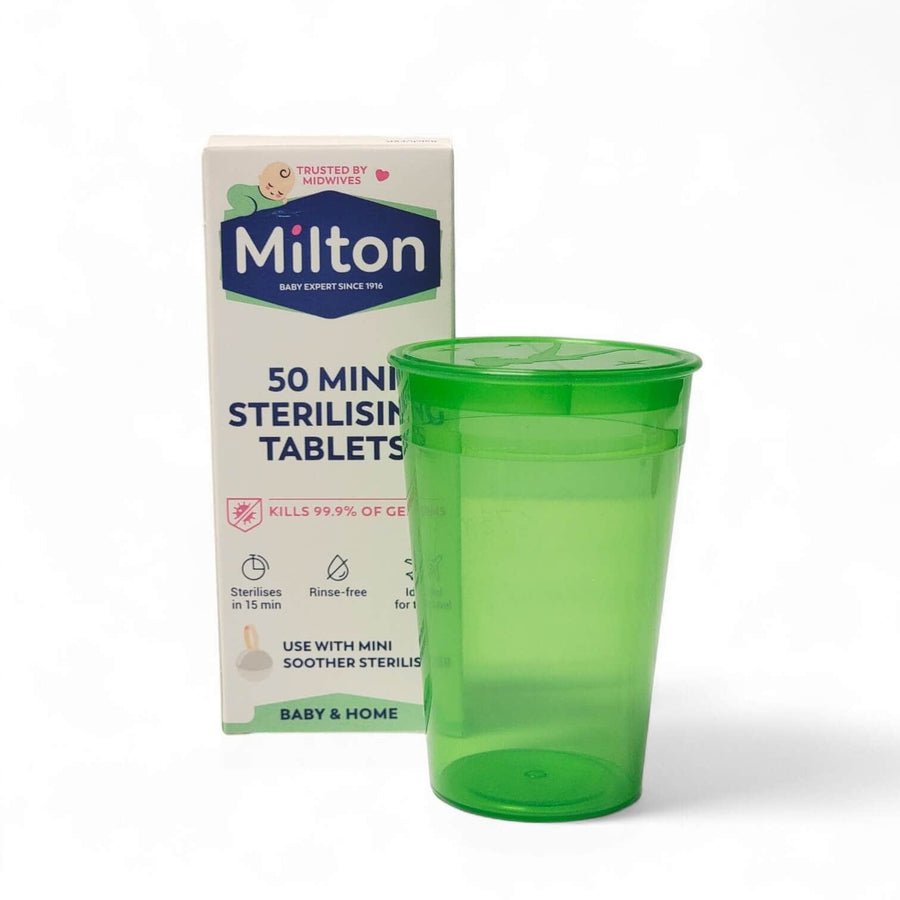
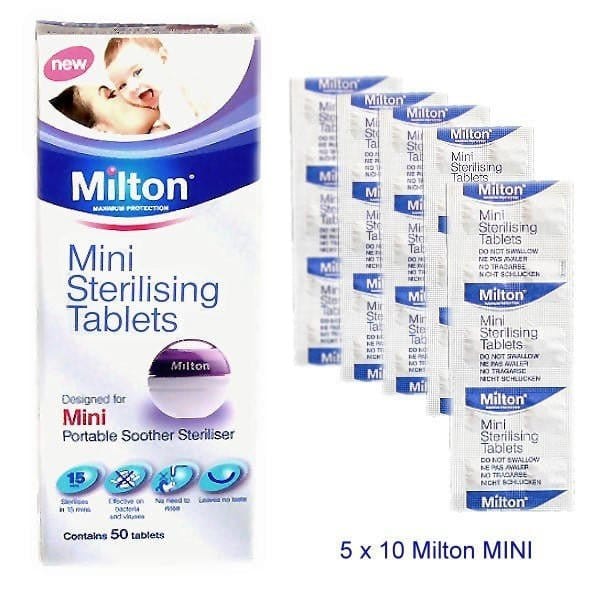



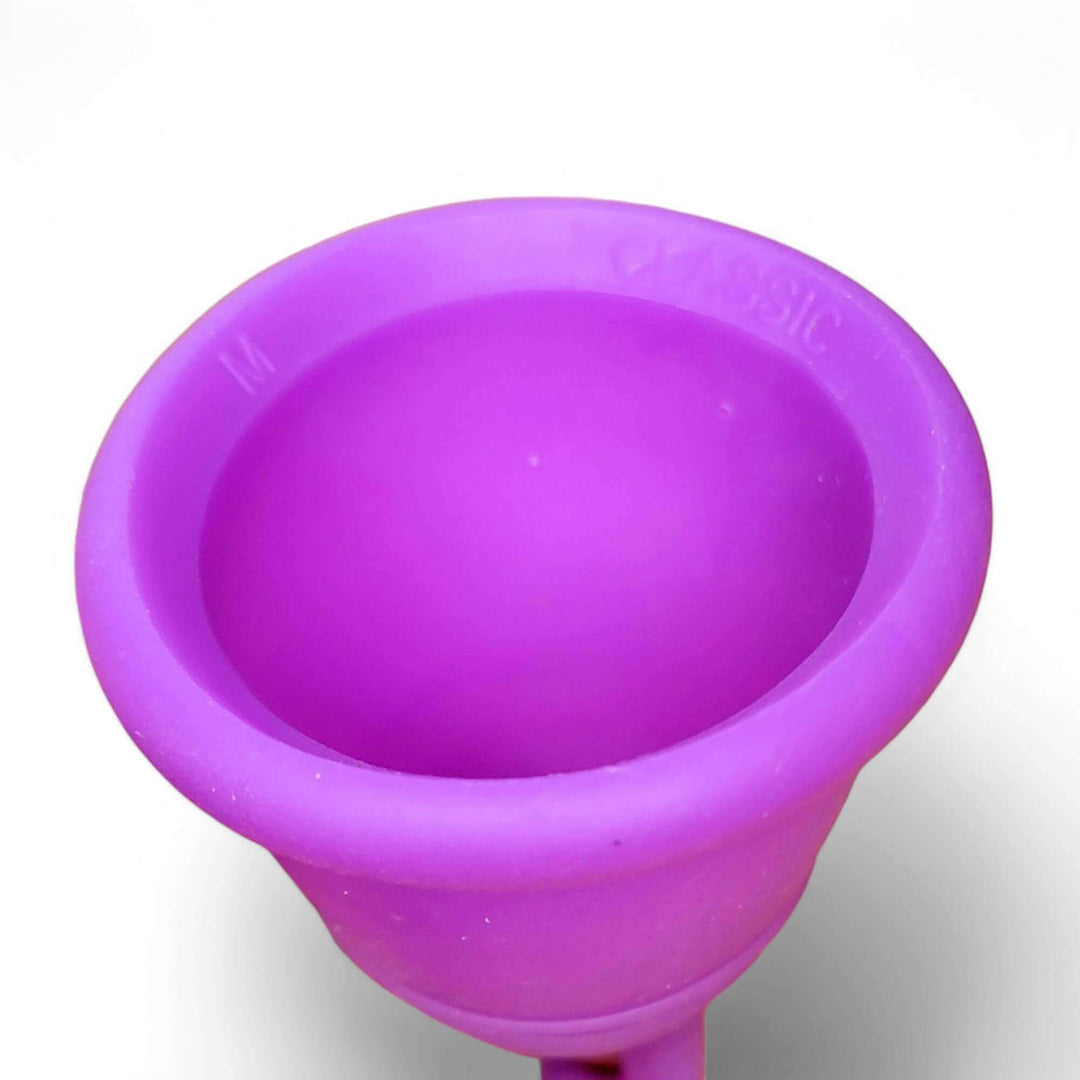

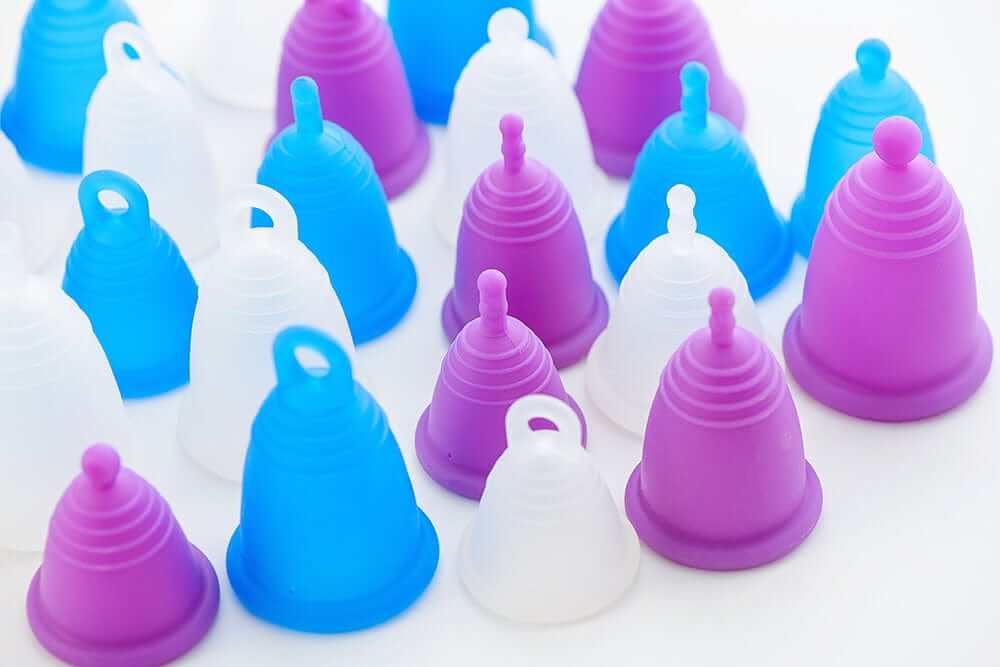
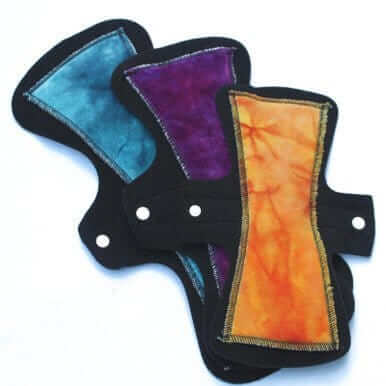
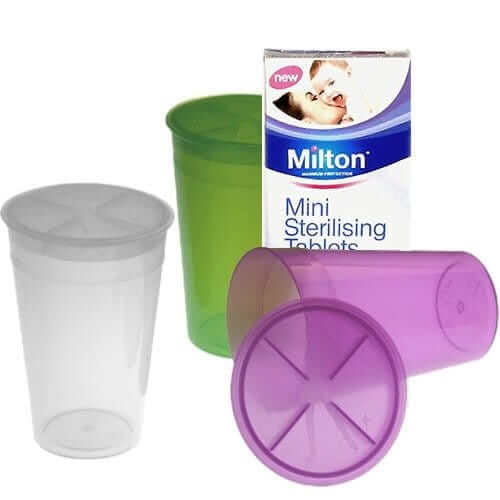





Leave a comment